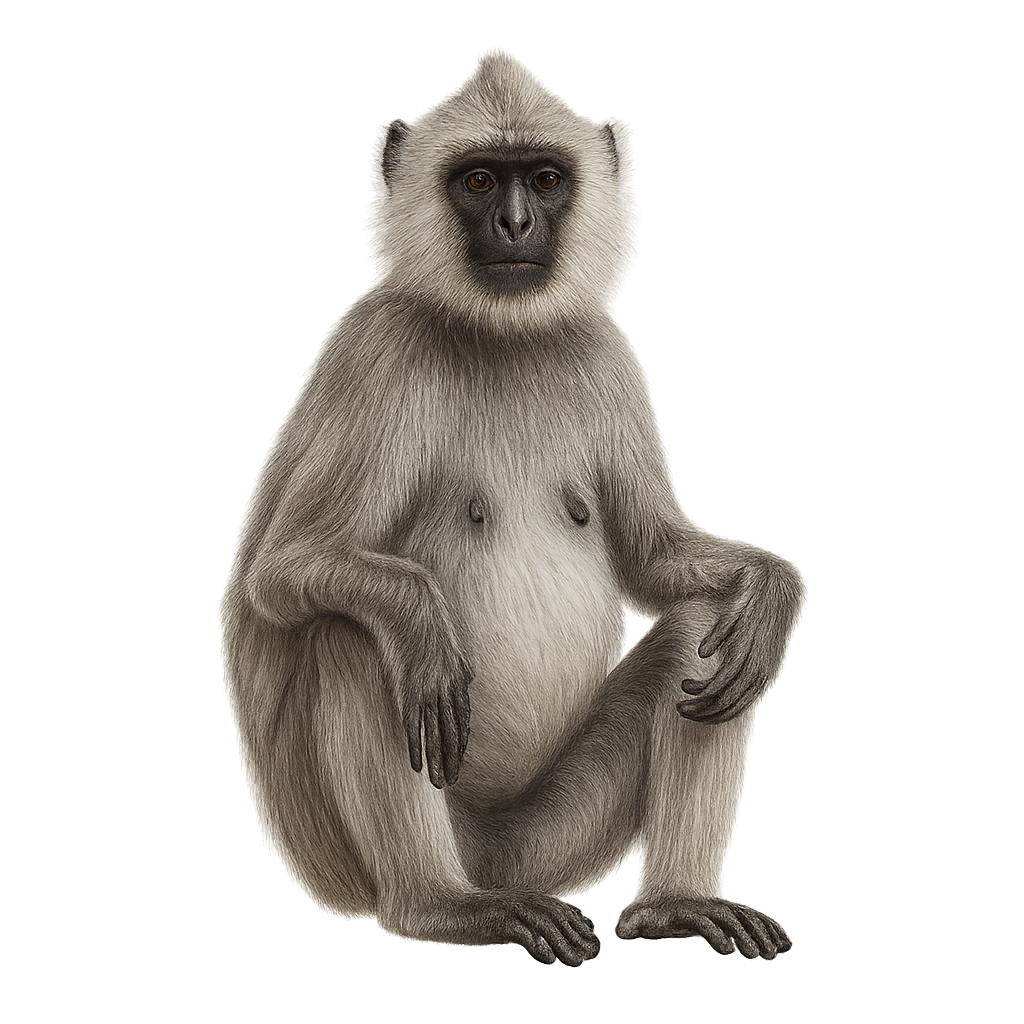Your wildlife photography guide.
Explore the hanuman langur in detail, study its behavior, prepare your shots.
Where to observe and photograph the hanuman langur in the wild
Learn where and when to spot the hanuman langur in the wild, how to identify the species based on distinctive features, and what natural environments it inhabits. The WildlifePhotographer app offers tailored photography tips that reflect the hanuman langur’s behavior, helping you capture better wildlife images. Explore the full species profile for key information including description, habitat, active periods, and approach techniques.
Hanuman Langur
Scientific name: Semnopithecus entellus

IUCN Status: Near Threatened
Family: CERCOPITHECIDAE
Group: Mammals
Sensitivity to human approach: Suspicious
Minimum approach distance: 10 m
Rut period: October to December
Gestation: 200-210 jours
Births: May to June
Habitat:
Tropical forests, savannas, urban areas
Activity period :
Primarily active during the day, with peak activity in the morning and late afternoon.
Identification and description:
The Semnopithecus entellus, commonly known as the Hanuman Langur, is a medium-sized primate native to the Indian subcontinent. It is easily recognizable by its silver-grey fur and black, hairless face. These monkeys live in complex social groups, often consisting of multiple females and a few males. They are primarily arboreal but frequently descend to the ground to forage. Their diet is varied, including leaves, fruits, flowers, and sometimes insects. Grey langurs are known for their adaptability to different habitats, ranging from tropical forests to urban areas. Their social behavior is fascinating, with complex interactions and well-established hierarchies.
Recommended lens:
400 mm – adjust based on distance, desired framing (portrait or habitat), and approach conditions.
Photography tips:
To photograph the Grey Langur, it is advisable to use a telephoto lens of at least 400mm to capture detailed images without disturbing the animal. As langurs are often on the move, setting a fast shutter speed is useful to avoid blur. Look for moments when they are socially interacting or feeding, as these behaviors can provide interesting shots. Morning or late afternoon light is ideal for achieving natural colors and soft shadows.
From knowledge to field practice
A species profile helps you understand an animal. In the field, the challenge is often different. Remembering your own observations.
The WildlifePhotographer app allows you to:
• record your personal observations
• note locations, dates, and behaviors
• revisit your field references over time
• build a private and long-term field logbook
The app does not provide observation locations.
It helps you organize what you actually observe, with respect for wildlife.

